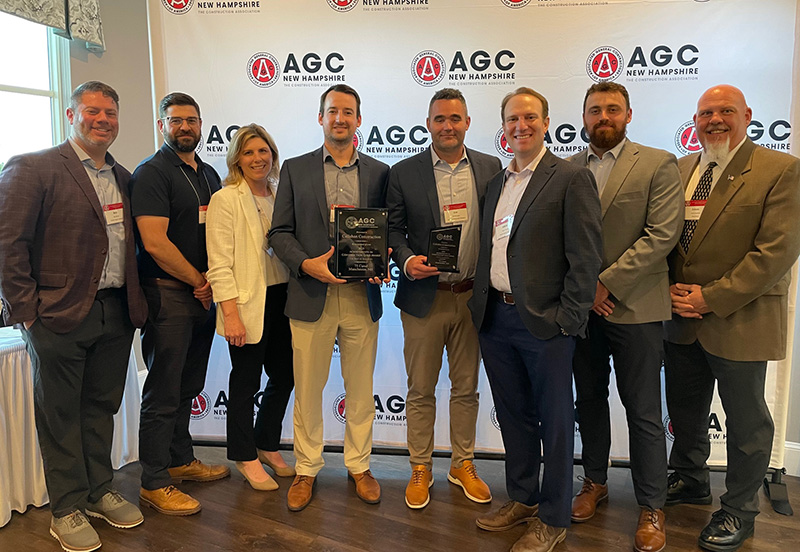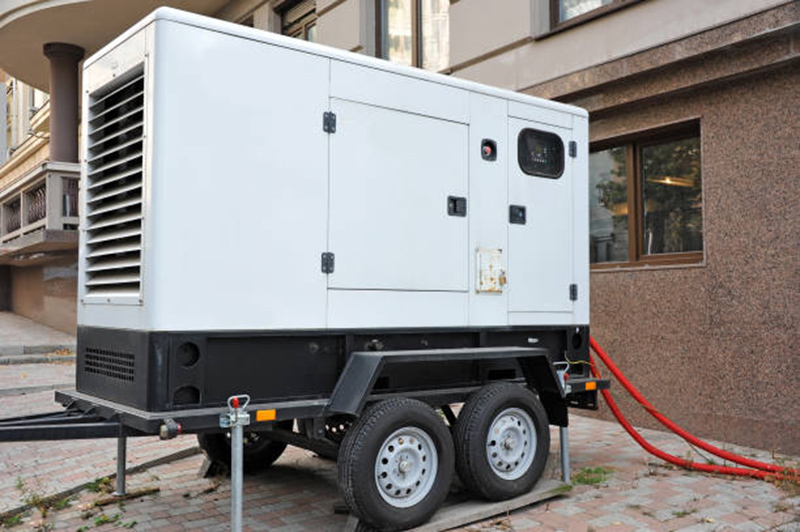News: Construction Design & Engineering
Posted: January 20, 2011
First we need confidence, then we will have recovery
The architecture and engineering (A&E) industry will continue rebuilding in 2011 but, like many projects, it has a long way to go before it is "shovel ready." Progress was made in 2010, but the industry is still hindered by project cancellations, unavailability of financing, high unemployment, uneven cash flow and heavy competition for few projects.
Some forecasts for 2011 have predicted 8% growth in the construction market, but that number is uncertain. Consider, for example, that the architectural billings index, a key economic indicator of the A&E industry, rose above 50 in September, only to dip back below 50 in October, and then hit 52 in November. Readings above 50 are a sign of expansion; those below 50 show declining demand.
In fact, uncertainty is the key theme of today's economy. Because of uncertainty, companies are reluctant to invest in expansion plans. And those that are willing to take the risk are finding it difficult to obtain financing as banks continue to maintain stringent lending standards in an effort to keep bad loans off of their balance sheets. As a result, many projects are being put on hold or canceled all together because of the lack of available capital. One thing we are certain of, though, is that the climb back to prosperity for A&E firms will be slow and precipitous.
There will be fewer, but stronger firms. By this time next year, there will be fewer A&E firms in the Boston market, but the survivors will be stronger. Consolidation has already begun. Given the scarcity of new business, a growing number of large firms have entered the Boston market. Because of their size, they have the ability to compete on price to increase their market share. Those firms that can't differentiate themselves will be forced to merge with other firms.
Consolidation will take place for both economic and demographic reasons, as more than 70% of owners of architectural firms are 55 or older. With retirement approaching, many owners will seek to monetize their largest asset.
Government projects will continue to be hot. While there has been some improvement in the commercial/industrial sector, opportunities for new work will continue to tilt toward the government sector in 2011. The federal government's 2009 economic stimulus program was also supposed to help spur construction by adding nearly $50 billion for infrastructure spending, but few projects were "shovel ready." That money should help the industry in 2011. While firms with experience in government work will benefit, they can expect competition from firms entering the market because that's where the business is.
Unemployment will continue to be high. The American Institute of Architects recently estimated unemployment in the architecture industry at 20% to 25%, which is more than twice the overall unemployment rate. One reason firms are hesitant to hire is that few have backlogs of more than 60 days. Firms are unwilling to add a new position until a new project comes on line. Instead, they are asking current staff to work harder. Consolidation will also keep the unemployment rate high, as acquisitions usually result in the elimination of redundant staff positions.
Construction will remain slow. Even though there are a growing number of projects in the pipeline, it will be some time before designs on the drawing board turn into buildings in the ground and cash in A&E firms' pocketbooks. It is therefore essential for firms to manage their costs, monitor their cash flow and protect their working capital. For while the recovery may be slow, those firms that survive will prosper.
For the industry to recover, more confidence in the economy is needed. Businesses need to be confident enough to take on new projects, while A&E firms need to have confidence in their ability to compete for, and win, those projects. The industry will not recover fully until confidence returns.
David Sullivan is a partner and Chad DaGraca is a principal at DiCicco, Gulman & Co., Woburn, Mass.
MORE FROM Construction Design & Engineering
Nobis Group awards Robinson and Moreira STEM scholarships
Concord, NH Nobis Group, a 100% employee-owned consulting firm specializing in engineering and environmental solutions across the Northeast, has named the recipients of its 2025 STEM Scholarship: Andie Moreira of

Columns and Thought Leadership

The design-build advantage: Integrated interior design solutions - by Parker Snyder
When it comes to corporate interior spaces for both commercial and industrial projects, partnering with a design-build firm with in-house interior design services can offer clients many benefits. Unlike traditional delivery methods where interior designers operate independently from the design and construction teams, often creating a longer project timeline as cost negotiations and revisions ensue

Careers in Construction Month focus on training and safety - by Joe Camilo
October is Careers in Construction Month, and rarely has it been more consequential. According to our chapter’s national parent organization, the construction industry needs to attract half-a-million new workers in the coming year to meet demand. Addressing that need is a huge job, but we at ABC MA are trying to do our part.

The rise of incubators and co-working spaces: The latest in life sciences - by Matt Combs
In recent years, the life science industry has witnessed a shift in how companies operate and innovate. One of the key driving forces behind this transformation is the emergence of incubators and co-working spaces specifically tailored to meet the unique budget and schedule needs of startups.

Ask the Electrician: Is summer a prime time for commercial electrical maintenance?
The answer is “Yes!” While January marks the official new year, many businesses view September as a fresh start. This makes summer an ideal time for commercial property owners to schedule long-term electrical maintenance projects.







.png)